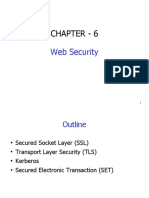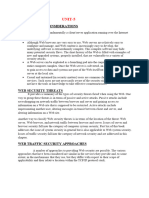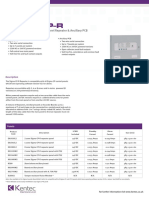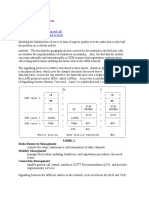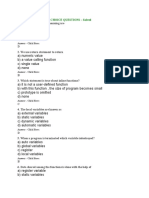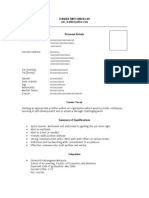0% found this document useful (0 votes)
53 views16 pagesCh5 System Security-NetworkSecurity
The document provides an overview of network security, focusing on internet security protocols such as S/MIME, DKIM, SSL, TLS, HTTPS, and IPSec, as well as authentication applications like Kerberos and X.509. It discusses the importance of these protocols in ensuring secure communication and data integrity over networks, particularly in the context of email and web transactions. Additionally, it highlights the unique security challenges posed by wireless networks and suggests measures to mitigate these risks.
Uploaded by
ETHIOPIACopyright
© © All Rights Reserved
We take content rights seriously. If you suspect this is your content, claim it here.
Available Formats
Download as PDF, TXT or read online on Scribd
0% found this document useful (0 votes)
53 views16 pagesCh5 System Security-NetworkSecurity
The document provides an overview of network security, focusing on internet security protocols such as S/MIME, DKIM, SSL, TLS, HTTPS, and IPSec, as well as authentication applications like Kerberos and X.509. It discusses the importance of these protocols in ensuring secure communication and data integrity over networks, particularly in the context of email and web transactions. Additionally, it highlights the unique security challenges posed by wireless networks and suggests measures to mitigate these risks.
Uploaded by
ETHIOPIACopyright
© © All Rights Reserved
We take content rights seriously. If you suspect this is your content, claim it here.
Available Formats
Download as PDF, TXT or read online on Scribd
/ 16











































